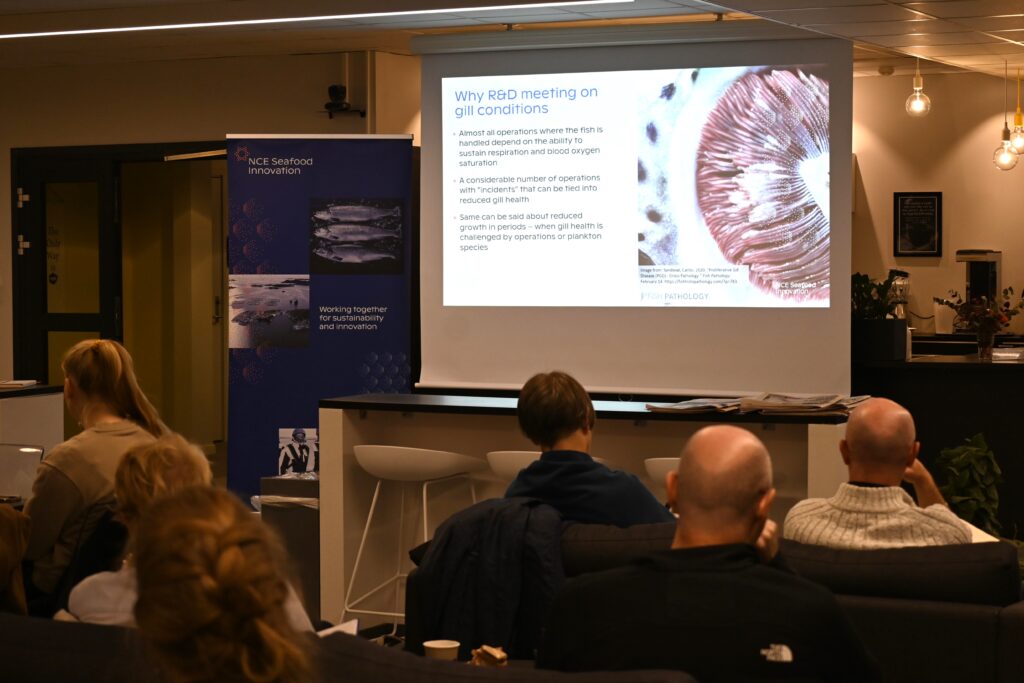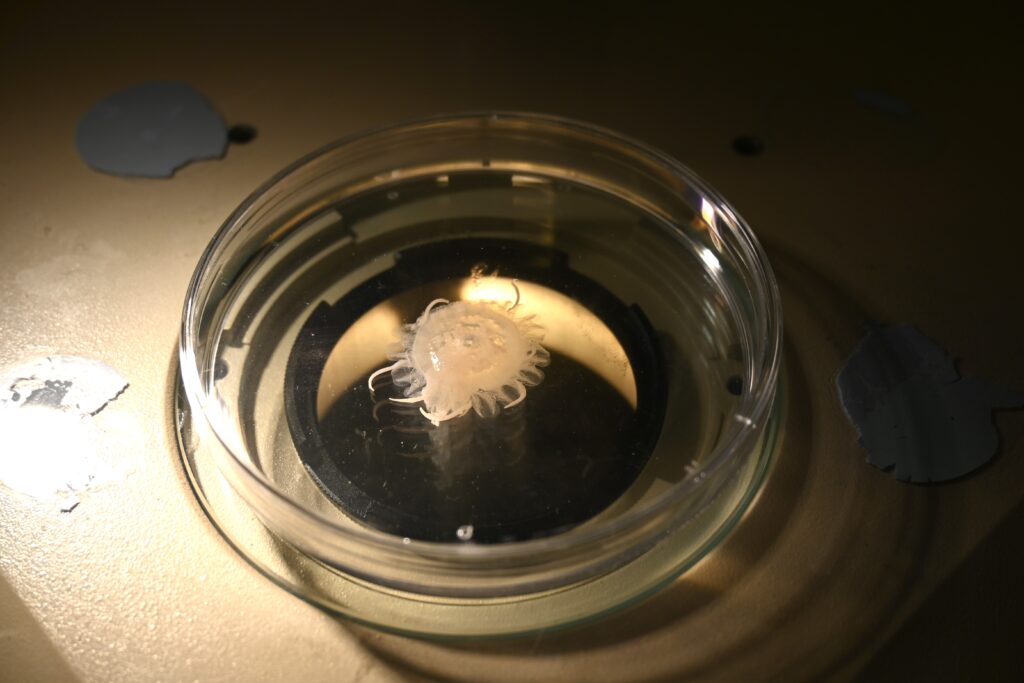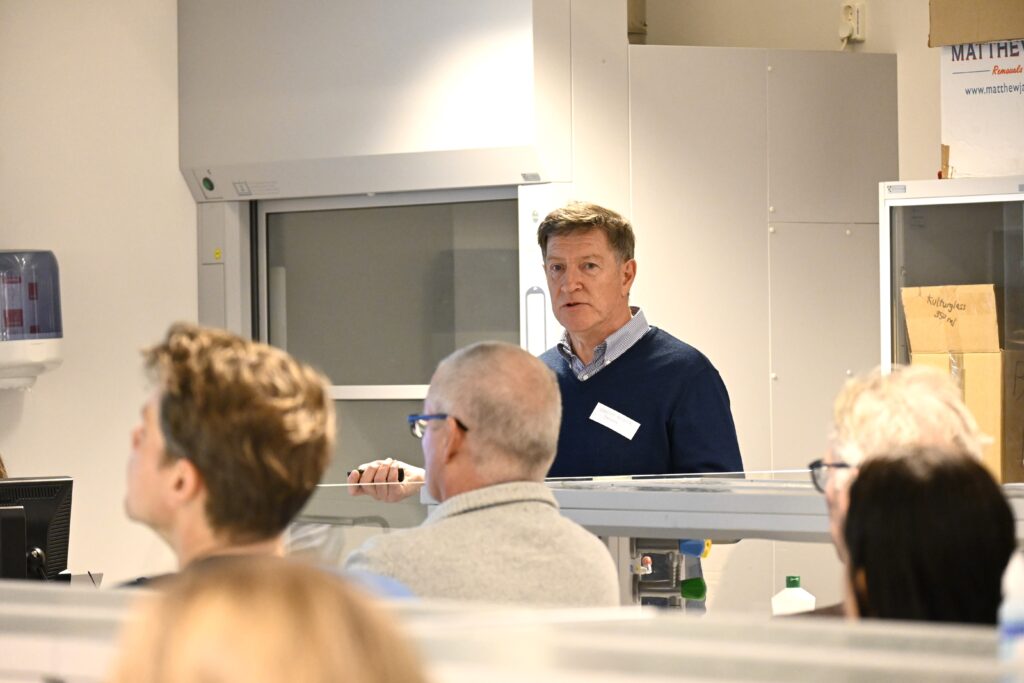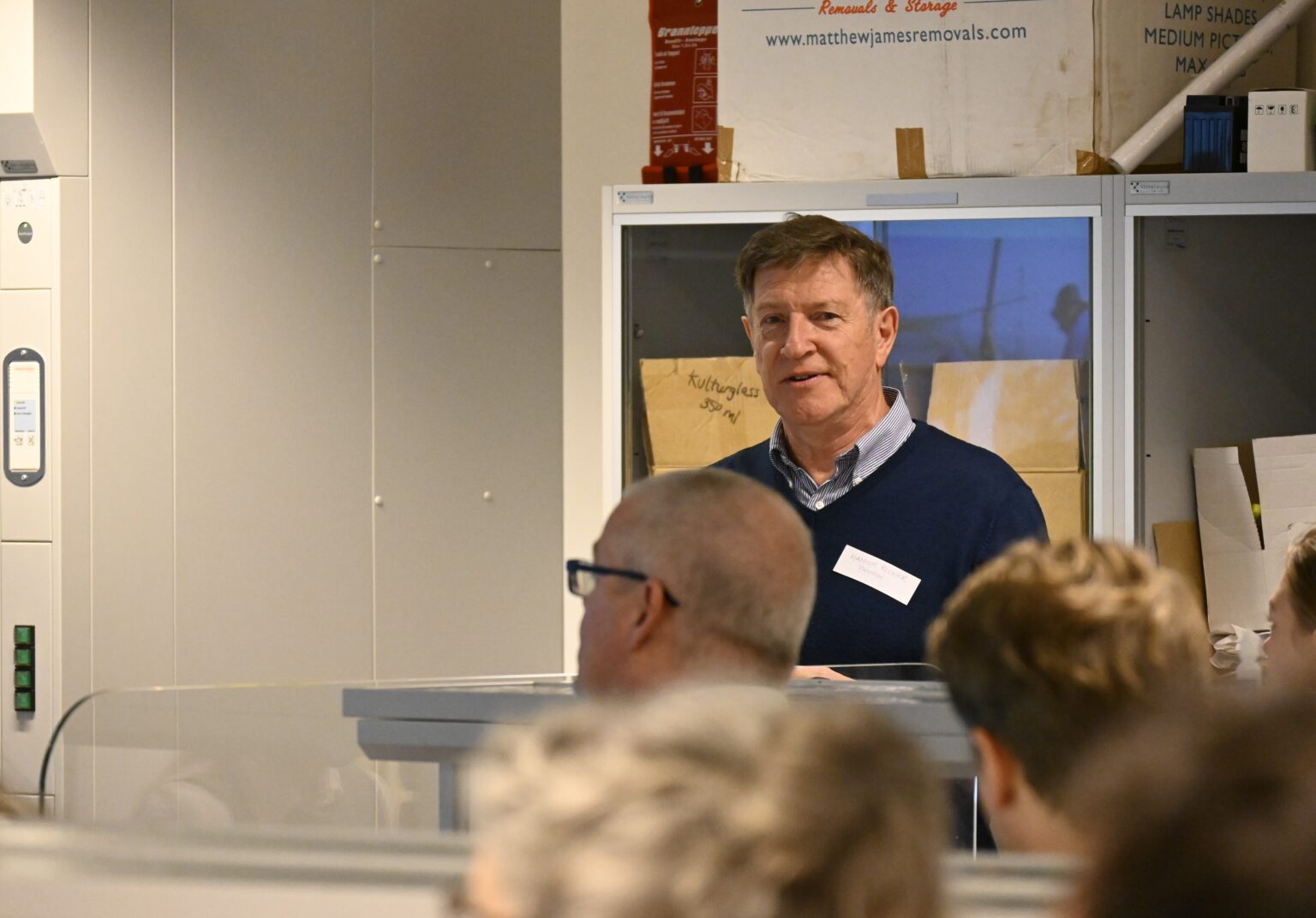Broad geographic distribution
Gill health challenges are widespread. According to Dr. Rodger, the regions that have gill disorder or disease as their main health concern in marine stage salmon include Norway, Scotland, Ireland, Tasmania in particular during summer and autumn months.
– Other regions such as Western Canada, Iceland, Chile, and Faroes also have it as an issue.
In Norway, complex gill disease is one of the top health concerns in the National Veterinary Institute report for 2022. He explains that much of the loss of fish in relation to delousing is also linked to gill disease.
Negative impact on fish welfare
Since gills are vital organs, gill disease can have various negative impacts on the fish’s well-being, Dr. Rodger explains.
– In addition to direct mortality, gill disease can cause poor growth, reduced food conversion ratios, increased susceptibility to other diseases, reduced ability to cope with farm procedures such as movements, crowding, bath treatments.
He also mentions that gill disease in combination with sea lice can result in loss of control and that leads to early or emergency harvests.
When it comes to impact on the industry, gill health also influences fish welfare.
– Fish welfare is reduced as a result of gill disease due to the multiple functions the gills are involved with including respiration, osmoregulation and nitrogenous waste excretion.

Areas requiring improvement
Dr. Rodger states that many areas need to be addressed to improve the overall gill health.
For instance, he highlights improved treatment for gill disease, and not simply against the various pathogens involved, but also for supportive therapy to give the fish a chance to recover and repair.
He also states that recognition of the non-infectious elements of gill disease which included harmful plankton and jellyfish, bath treatment methods, net cleaning methods, etc.
– Improved methods and means to monitor for the non-infectious elements and best practice methods on how to mitigate and minimise their impacts are also required.

No vaccines, yet
While vaccines are used to prevent other diseases in salmon farming, he explains that that isn’t the case for gill pathogens, yet. However, he adds that this is an area that holds promise if we do more research.
– Some basic work is required to isolate, fully sequence, and undertake challenge studies with some of these agents, as well as in co-infection studies i.e., with multiple agents. Training of farm and health staff in sampling, monitoring, and recognition of clinical signs is also required in some regions.
An optimist
When it comes to the future, Dr. Rodger says that he is an optimist.
– I’m optimistic as industry can apply its resources, with academia, government, pharmaceutical companies, feed and nutraceutical companies, genetic companies to these issues, however, it will involve investment in R&D and a holistic approach to the challenges.

He adds that there are some areas of management that will require careful investigation to establish the impact on gill disease development and where confirmed, change these.
– There will be some sites which may be identified as higher risk to the challenges and for these early warning systems to detect incoming issues will help, presuming there are mitigation means in place to reduce impacts of agents. Production needs to recognise the issues and work with the health teams and sector to address these, for otherwise we will keep repeating the challenge.
The R&D meeting about gill health was supported by Vestland County Council.
